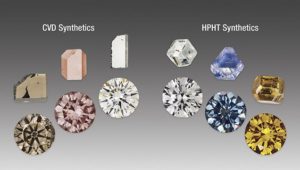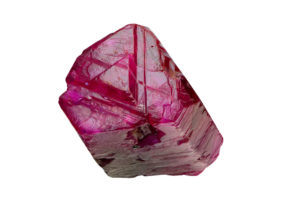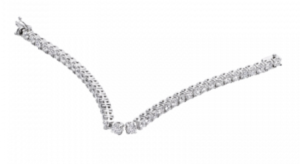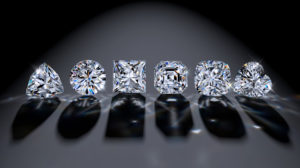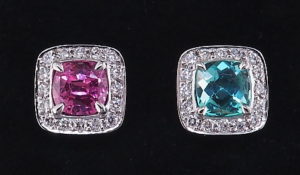The Gemstone Collection at The Natural History Museum is one of the finest in the world. It is the National Collection, and heirloom of generations, to be inherited by future generations and enjoyed by all. If you have the time as the evenings draw in or before the Christmas shopping, take a look.
The Collection began with the purchase of the Sloane Collection by the British Government in 1753 at a cost of £ 20,000. Gems such as sapphire, ruby, worked pieces of jade and carnelian were among these first specimens. They are all still on display today, over 200 years later.
The Collection continues to grow with donations and bequests. In April 1985, nearly 3,000 gemstones were added as a result of the merge with the Geological Museum. There are now over 5,000 gemstones, many of which are on display in the Mineral Gallery, the only gallery to retain its original display cases. Some at the front of the gallery are in the recently refurbished thematic displays, others are in case tops among the Systematic Mineral Collection.
The Collection includes the important Pain Collection of Burmese gemstones, the Church Collection of finger rings and the Matthews Collection of coloured stones. New and innovative displays are now complete in the new-look Earth Galleries and include gemstones from the original Geological Museum displays. The display includes a stunning collection of diamonds on loan from De Beers.
There is easy access to the collections for amateurs and professionals alike. The collections are fully documented and seen as reference material for researchers worldwide. Information is updated by the curatorial team in registers and indexes and on computer databases.
Loans of gem material are made to approved researchers and for display purposes. In 1995, part of the Matthews Collection was exhibited at the opening of the Trade Building in Bangkok, Thailand. The Collection and especially its exhibited items are renowned worldwide and this attracts loan of complimentary material from collectors.
The Gemstone Collection is a major resource for production of academic books and popular science books, educational and multimedia packages. Gemstones – Eyewitness Handbook includes colour photographs of over 500 of the Museum’s specimens. Other books include Gemstones, Gems and Precious Stones, Rock and Mineral and Crystal and Gem.
The museum is open daily 10:00-17:30, late on Friday nights until 22:30 (not December).


